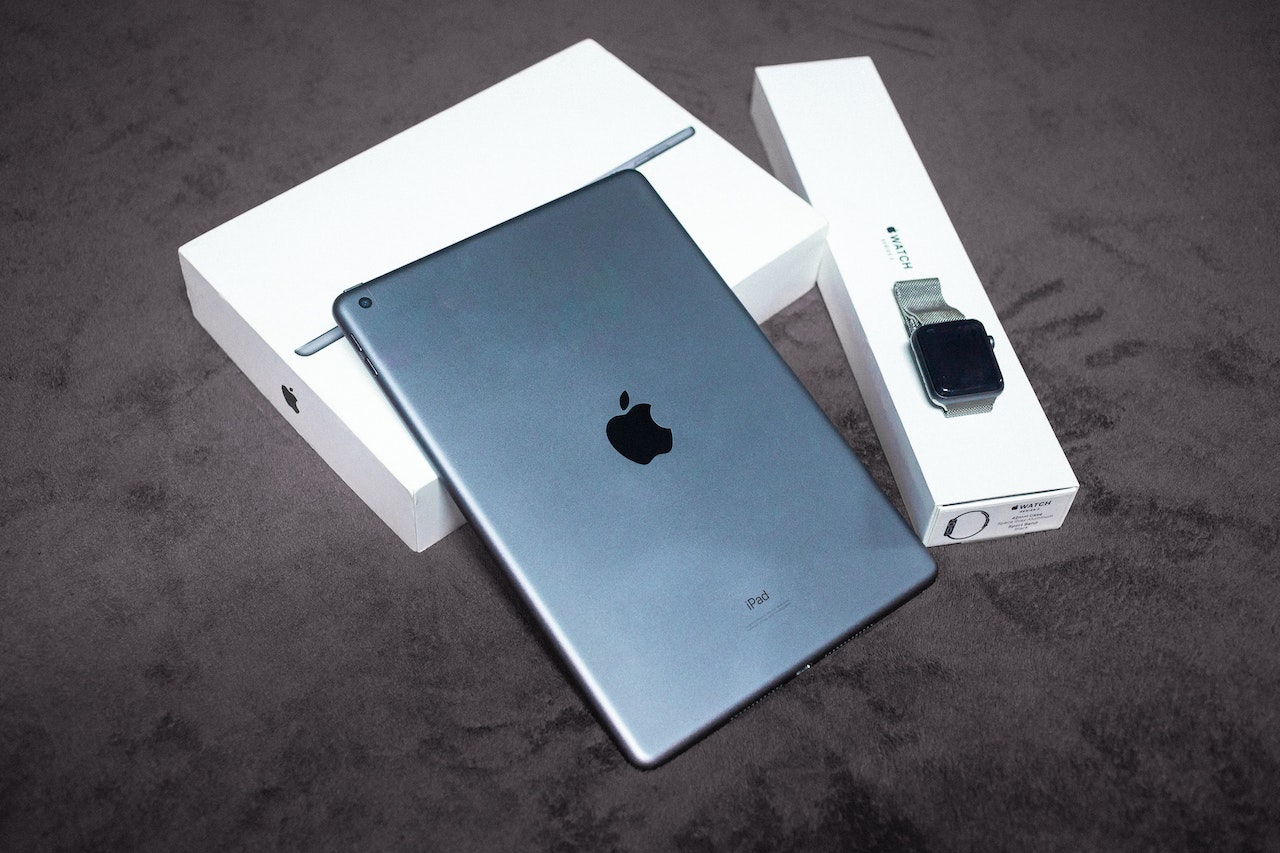In a significant departure from its traditional manufacturing methods, Apple is reportedly testing the integration of 3D printing technology to fabricate steel chassis for its upcoming smartwatch models, according to insiders familiar with the matter. This move marks a monumental shift in the company’s production strategy and has the potential to streamline supply chains and reduce environmental impact.
By adopting the 3D printing technique, Apple seeks to eliminate the need for cutting large metal slabs to form the smartwatch chassis. This innovation not only promises to expedite the production process but also aligns with sustainability goals by minimizing material usage. Individuals knowledgeable about the matter, who requested anonymity due to the confidentiality of the plan, shared that this revolutionary manufacturing method would transform how Apple creates its products.
Should this experimentation with Apple Watches prove successful, the tech giant reportedly plans to extend this technique to a broader range of products over the coming years. However, Apple’s spokeswoman declined to provide any comments on this potential strategy shift, as of now.
Traditionally, Apple has employed conventional manufacturing methods for its stainless-steel watches, which constitute roughly 10% of the product line. A process known as forging has been used to mold blocks of material into smaller metal components resembling the device’s size. Subsequently, a computer numerical control (CNC) machine is employed to meticulously carve out the device’s design and functional elements.
In contrast, the new 3D printing approach, specifically binder jetting, constructs the general shape of the device close to its actual size, a manufacturing concept referred to as “near net shape.” This process utilizes powdered material, which is then subjected to sintering—employing heat and pressure to compact the material into a traditional steel-like structure. Finalizing the design and cutouts is executed through milling, mirroring aspects of the prior manufacturing technique.
Following reports of this innovative approach, shares of 3D printing companies, including 3D Systems Corp. and Stratasys Ltd., experienced a surge in value. Shares of 3D Systems skyrocketed by up to 10%, with Stratasys observing a 6.9% leap. Although these gains moderated over time, Apple’s stock price also rose by 1.8%, reaching $187.46 as of 2:48 p.m. in New York.
The development of this groundbreaking technique has remained under wraps for at least three years as Apple and its suppliers quietly collaborated on its refinement. Recent months have seen testing of the 3D printing process on steel casings intended for the upcoming Apple Watch Series 9, scheduled for unveiling on September 12. While performance improvements and new color options are anticipated for the smartwatch, its overall appearance is expected to remain largely unchanged.
Although initial consumer shipments of the new steel Apple Watches might not exclusively feature the revamped manufacturing method, the testing phase underscores Apple’s commitment to this innovation. Furthermore, Apple envisions applying this approach to its titanium Ultra watch, with plans for implementation in 2024.
Beyond the advantages of efficiency and environmental responsibility, Apple’s move toward 3D printing serves as a step toward sustainability. The company reportedly plans to introduce new materials as substitutes for leather in iPhone cases and accessories, aligning with its ongoing commitment to environmentally conscious practices.
Heading the 3D printing initiative is Apple’s manufacturing design team, led by company vice president Rob York, who reports to operations head Sabih Khan. While the transition to 3D-printed watch cases has incurred significant expenses for both Apple and its suppliers, the potential to streamline production and lower costs over time offers compelling incentives. At present, the cost per watch case through this new process is comparable to the previous method.
Although this venture is currently focused on lower-volume products, the conversation regarding the application of 3D printing to additional devices, such as those crafted from steel and titanium, is ongoing. Apple’s decision to utilize the Apple Watch as a test case for this pioneering technology is consistent with its history of embracing new features after proving successful in other products.
As the first instance of binder jetting technology being adopted for mass production of a high-volume metal component, Apple’s endeavor marks a pivotal milestone in additive manufacturing. The company’s pattern of innovation, such as introducing steel frames to iPhones after their debut on the original Apple Watch, continues with this bold step. Similarly, the forthcoming high-end iPhones are set to incorporate titanium, mirroring the material’s introduction on the Apple Watch Ultra a year earlier.
Source: Bloomberg



